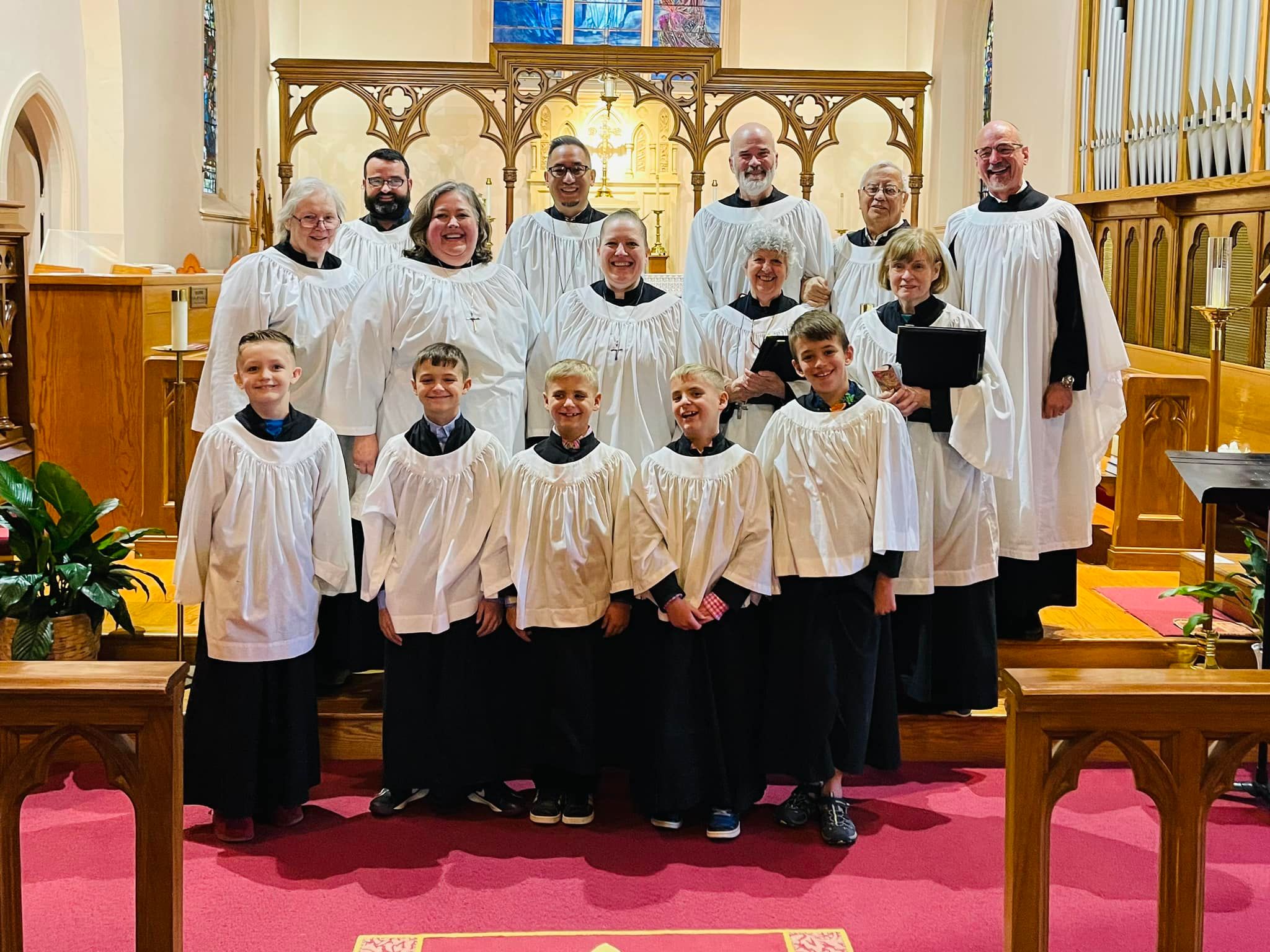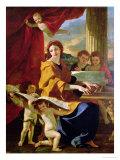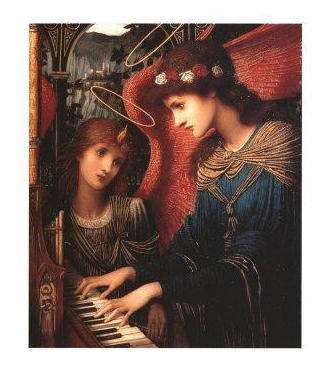A Prayer for Church Musicians and Artists
O God, whom saints and angels delight to worship in heaven: Be ever present with your servants who seek through art and music to perfect the praises offered by your people on earth; and grant to them even now glimpses of your beauty, and make them worthy at length to behold it unveiled for evermore; through Jesus Christ our Lord. Amen.—The Book of Common Prayer, page 819
Music at St. John’s
Choral music has played an important role at St. John’s since we first opened our doors in 1850, and the first vested choir began singing in 1895. Today we offer choral programs embracing singers from all ages, providing a rich offering of music for our worship and for the community. We offer free concerts throughout the academic year in our historic church as a give of beauty and refreshment to our community. Come and join us!
St. John’s Choristers
The St. John’s Chorister program is based on the idea that all children are able to sing, given encouragement and instruction. We offer free music education and performance opportunities for girls and boys, kindergarten through high school, including voice instruction and hand chimes. Children from Somerville and our surrounding communities, all economic circumstances and all faith traditions are welcome. Choristers need not be members of St. John’s; they must only agree to rehearse and perform as scheduled.
St. John’s Parish Choir
The Parish Choir is a dedicated group of adults, and occasionally choristers join as well. Our repertoire ranges from chant to Renaissance motets, Anglican anthems, jazz, gospel, spirituals, and more. New members are always welcome, and rehearsals are Thursdays at 7:15 p.m.
Choirs are important communities that foster Christian formation, spread the Good News of Jesus, and grow the church. Come and be a part of this exciting ministry at St. John’s Church!
St. John’s Organ
One of the first events in the current church was an organ recital in 1895. The current organ was built by Gress-Miles Organ Company of Princeton, New Jersey and installed in August 1977. The organ contains 26 ranks, 1,385 pipes, 2 manuals, and 20 stops. It was dedicated on November 6, 1977 in a concert by organist Ralph Kneeream. The recital featured music by Bach, Clérambault, Stanley, d’Aquin, Franck, Bingham, and Sowerby. You can see more about the organ at https://pipeorgandatabase.org/organ/56938




